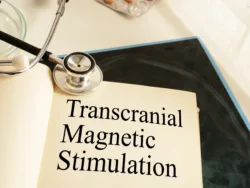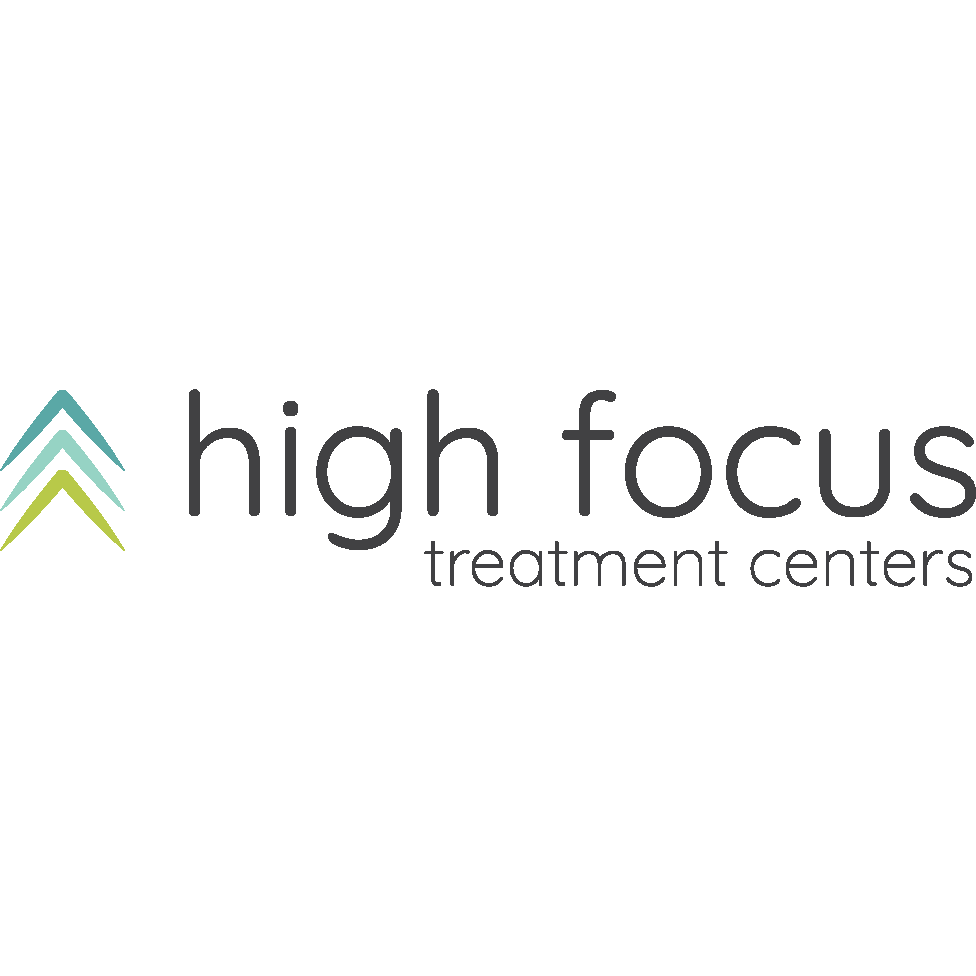
Our Programs
Transcranial Magnetic Stimulation — also known as TMS — is a targeted and non-invasive form of electromagnetic brain stimulation that has been cleared by the U.S. Food and Drug Administration (FDA) as a treatment for depression.
A drug-free alternative to antidepressant medications, TMS is offered to patients whose condition has not responded to at least one medication or those who are unable to tolerate medication side effects.
How does Transcranial Magnetic Stimulation work?
The technology behind TMS is similar to an MRI, but more targeted. The theory behind TMS is that placing a magnetic coil against the scalp to allow rapidly alternating magnetic fields to pass through the skull causes neuron depolarization in a predetermined area on the surface of the cortex. This results in the stimulation of key areas of the brain, causing a downstream effect in other parts of the brain that are responsible for mood augmentation.
In the brains of individuals who have received TMS, researchers have observed increased blood flow in the dorsolateral prefrontal cortex following the procedure. Together with the cortical and subcortical circuits with which it’s connected, this part of the brain is responsible for executive function, such as working memory, cognitive flexibility, planning, inhibition and reasoning. Studies have shown a link between underactivity in the dorsolateral prefrontal cortex and depression.
Frequency and duration of Transcranial Magnetic Stimulation
Treatment with TMS lasts a total of approximately 6 weeks, plus additional maintenance sessions as needed. Maintenance treatment varies depending on need and insurance coverage.
A sample treatment schedule is as follows:
- 5 times per week
- 6 weeks
- 30 minutes total for treatment
- No weekends
Clients typically begin to see benefits after 3 – 4 weeks of sessions.
How do clinicians determine whether TMS is safe and appropriate?
First, clients will undergo a psychiatric evaluation to determine whether they possess a primary diagnosis of treatment-resistant depression. The clinician will review prior treatment history for the current episode of depression and perform a medical workup, including identifying any potential risk factors for seizures and ruling out any comorbidities that might make TMS unsafe.
Contraindications for TMS include seizure risk, neurological disorders, metal hardware, implanted devices (such as pacemakers), cochlear implants, medical instability and active psychosis. This treatment modality is also considered unsafe for individuals who are sleep deprived or have abruptly stopped consuming alcohol, benzodiazepines or anticonvulsant medications.
Possible side effects associated with TMS may include hypomania or mania, headache or scalp pain and temporary increased auditory threshold. Wearing ear plugs is recommended for about four hours following treatment sessions.
How effective is Transcranial Magnetic Stimulation?
A meta-analysis of 34 clinical trials comparing TMS to placebo in treatment-resistant depression found an improvement in symptoms with active treatment. Nearly half of patients who underwent TMS experienced a decrease in symptoms of more than 50%, compared with only 22% in the placebo group. Additionally, TMS was effective as an add-on treatment for patients who did not fully respond to medication alone.
Another study evaluating the long-term benefits of TMS found a 30% response rate and 20% remission rate. In those patients who responded, 44% had not experienced a relapse six months after treatment.
Transcranial Magnetic Stimulation is available as an alternative therapy for individuals with treatment-resistant or treatment-intolerant depression at High Focus Centers’ Radnor, PA location. TMS is covered by most major insurance plans. Contact High Focus Centers for more information.




